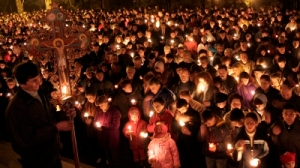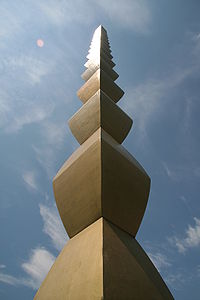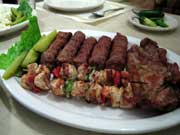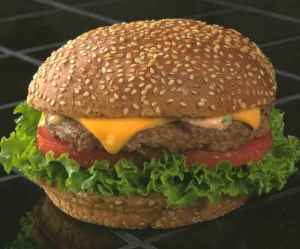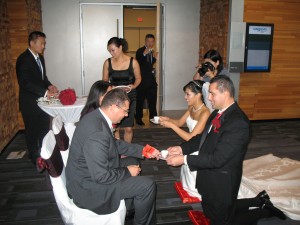 Part I: Arrivals
Part I: Arrivals
Met Sebastian and Diana (fellow guests, and also ‘godparents’ to the bridal couple – a Romanian tradition) at Vancouver International. Rapid conversation from that moment forward – English/Romanian mix, constantly switching.
Dinner at The Italian Kitchen downtown. To answer our server’s query of “Parmesan, anyone?”, Sebi replied, “Pasta without the cheese is like sex without the kiss.” Lucky server – he’ll be using that line again.
Enter The Groom on Alberni St., as we exited the restaurant (still savouring the flavourful bruschetta, rigattoni, tagliatelle etc.) – group relocation to Groom’s apartment for spritzers (pardonnez moi, Michael!), city views, and more conversation in rapid hybrid engleza/romana.
Cameo by The Bride – moving fast, in sportswear, stopping by to pick up last-minute items before retreating back to her hotel seclusion (with bridesmaids and other ‘event committee’ personnel).
More talking – late into the night, and doubly-impressive considering the 20-hour journey from Bucharest to Vancouver (they had a little stopover at Harrod’s).
Part II: For Richer or Richer
After two years together, my husband’s habit of arriving to any given social event at least 30 minutes later than promised should not come as a surprise. We call it ‘Romanian time’, but I think he takes even more license than his countrymen.
On this occassion, I elected to go ahead of him. My taxi pulled up to the Vancouver Convention Centre (a wedge of glass, cedar, and metal that shoulders its way into Burrard Inlet from the downtown core) just minutes before the bride was due to walk with her father to the waiting groom.
I tiptoed around the immaculate white satin runner that had been laid down for her approach and found a seat at the back of the intimate ceremonial balcony, taking my place among friends and family that had been gazing out over the North Shore view for 40 minutes or more.
When the lady of the hour appeared, all of us were silent (especially Cezar, who had not yet arrived!). The light rain only brightened the white of her gown and made the apple-sized rose petals scattered at her feet even more vibrant – such a passionate red against those west coast greys and blues.
I doubt that the overseas guests caught all the jokes in this lighthearted nuptual, but the beauty of the moment and the affection between Mihai and Rida needed no words at all.
Part III: Party time, Romanian time
After dinner was enjoyed, speeches survived – and the bride stolen, bargained for, and regained by her husband – the restless Romanians (a minority 8 out of 80 or so guests) finally got their chance to dance!
The dj had no breather from the first song at 9pm until the final close four hours later, and many at our table (myself an ‘honourary Romanian’ among them) moved their feet to every single track.
The 80s were heavily favoured (a blessing), but my playlist highlights have to include three old school Romanian folk songs: Drumurile Noastre Toate, Ionel, Ionelule, and Hora Moldoveneasca. *stay tuned for mp3 files!
 The breakthrough has come at last. My husband has elected to pitch himself head first into the linguistic cat fight that is adult second language acquisition. Not his. Mine. He has conceded to practicing Romanian vocab with me (it only took 2 1/2 years…)
The breakthrough has come at last. My husband has elected to pitch himself head first into the linguistic cat fight that is adult second language acquisition. Not his. Mine. He has conceded to practicing Romanian vocab with me (it only took 2 1/2 years…) 

